Common Inkcap / All Year Round / Toxic
Enter the intriguing realm of the Common Inkcap, scientifically known as Coprinopsis Atramentaria, as we uncover the fascinating yet cautionary qualities of this mushroom.
In this blog post, we embark on a journey to explore the unique characteristics and toxic nature of the Common Inkcap. With its distinctive ink-like appearance and rapid decay, this mushroom holds a certain allure but demands our utmost caution. Join us as we delve into the habitat, identification, and potential risks associated with Coprinopsis Atramentaria, ensuring our understanding of its toxicity and potential interactions with certain substances. While historically used for medicinal and culinary purposes in limited contexts, it is crucial to note the potential adverse effects that can occur when consumed with alcohol. Let us appreciate the inky beauty of the Common Inkcap from a safe distance, acknowledging its toxic nature and emphasizing the importance of responsible mushroom identification and consumption.
Scientific Name
Coprinopsis Atramentaria
Common Names
Common Inkcap, Inky Caps, Tippler’s Bane.
Family
Psathyrellaceae
Habitat
They are saprotrophic on dead wood and are found in woodland, meadows and parks. They are quite common in urban areas and have been known to push their way up through tarmac.
Identifying Features of the Common Inkcap:
Cap:
They are greyish/brown in colour, conical or bell shaped when young, they flatten out with age before almost melted into a black ink. The cap has tiny furrows running down the length which often split as the mushroom matures.
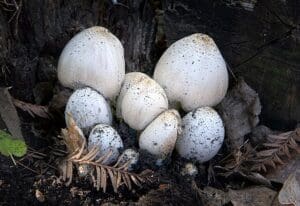
Stem:
Thin and quite short, normally grey in colour.
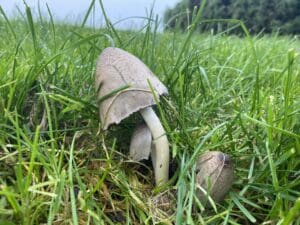
Gills:
The gills are very crowded and free. When young they are pale in colour but very soon darken before turning into ink.
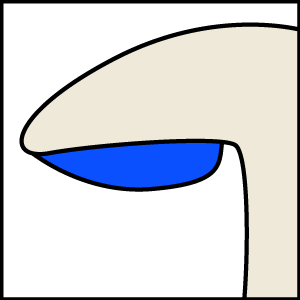
Smell:
Mushroomy.
Spores:
Dark brown/black.
Known hazards
Best avoided, there are concerns around their carcinogenic qualities and they react badly with alcohol. (find out more about Coprine here)
This reaction with alcohol can occur just by using aftershave or hand sanitiser within 48 hours of eating the mushrooms.
Potential lookalikes
The Glistening Inkcap (Coprinellus Micaceus) look very similar but has a fine coating a mica like crystals on the cap.
The Shaggy Inkcap (Coprinus Comatus) could look similar but this tends to be a lot larger and its cap is covered with white scales giving it a shaggy appearance.
Extra Notes
Although not really edible, the mushrooms can be used to make a viable ink. They are boiled with water and cloves for around 30 minutes, the cloves acting as a mordant helping fix it to the cloth or paper.



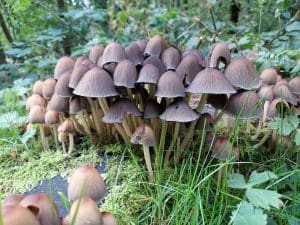
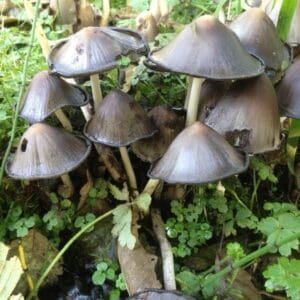
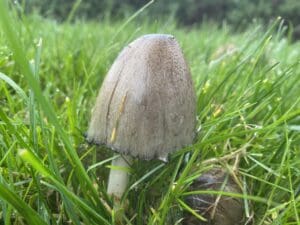
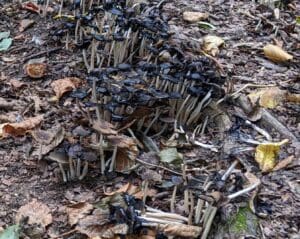



Leave a Reply
You must be logged in to post a comment.